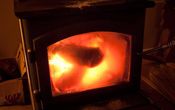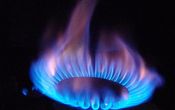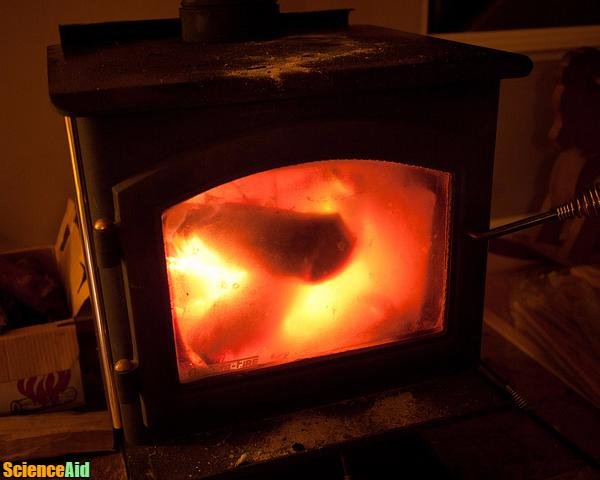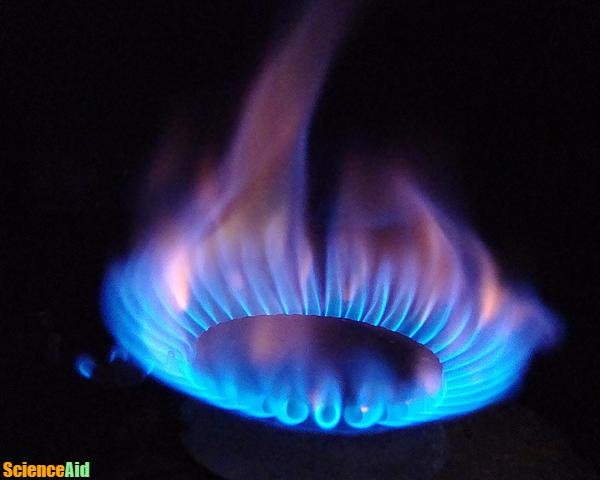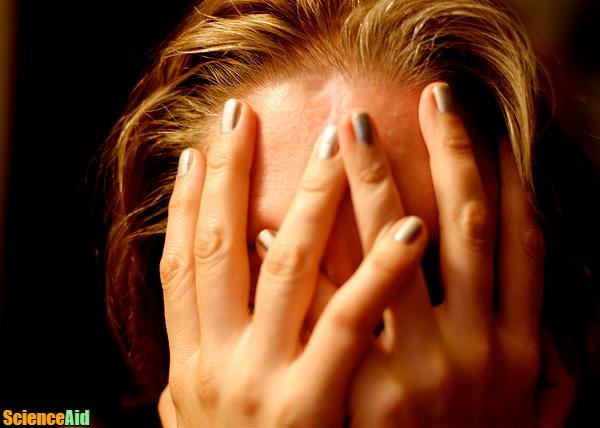What Produces Carbon Monoxide
Edited by Allysha, Sharingknowledge, Jen Moreau
What is carbon monoxide (CO)? It is not carbon dioxide, which it may be confused with. Both are odorless colorless gasses, but carbon monoxide is created by the incomplete burning or combustion of fuels that contain carbon. Carbon monoxide is not a gas that occurs naturally. Carbon dioxide, on the other hand, is a naturally occurring gas. We produce it when we breathe.
Carbon monoxide is known as the silent killer because people mistake the symptoms of carbon monoxide poisoning for the symptoms of the flu. This error can lead to unconsciousness. Once unconscious, people are unable to get the help they need, and this results in loss of life.
It is important that people understand what produces carbon monoxide, how to detect and prevent it, and what the symptoms of carbon monoxide poisoning are.
Sources that Produce Carbon Monoxide
An appliance does not have to be broken to cause a build up carbon monoxide. The machine may be working fine, but if a vent is blocked (if air movement is restricted) carbon monoxide will engulf an area. There are many different appliances that produce carbon monoxide, but they can be divided into two locations: indoors and outdoors.
Indoor Sources
The carbon monoxide producing sources that may be found inside buildings can be broken into two subcategories: home and workplace.
- 1
- 2Here is a list of machines that produce carbon monoxide inside workplaces, such as warehouses and construction shops.Workplace.
- Air compressors
- Floor polishers
- Gas-powered concrete cutters
- Pressure washers
- Propane-powered forklift trucks
- Space heaters
Outdoors
The carbon monoxide producing sources that may be found outside can be broken into two subcategories: work-related and recreational.
- 1Here is a list of work-related equipment that produces carbon monoxide outside.Work related.
- Lawn equipment
- Motor vehicles
- Power generators
- Power tools
- 2Here is a list of recreational sources that produce carbon monoxide outside.Recreational.
- Barbecues
- Boats
- Camp stoves
- Charcoal grills
- Fire-burning lanterns
- Open fire
- Tobacco smoke
How to Detect and Prevent Carbon Monoxide
We are unable to detect carbon monoxide on our own because carbon monoxide does not have an odor, taste, or color. Our first sign of high carbon monoxide levels is illness, but the symptoms of carbon monoxide poisoning are commonly mistaken for a developing flu; however, there are signs that help us detect carbon monoxide and there are measures we can take to prevent carbon monoxide from building up.
Detecting Carbon Monoxide
Here are a few signs that will signal a carbon monoxide build up:
- 1If there are lines or stains of soot near appliances that burn fuel, carbon monoxide may be building up.Soot.
- If soot falls down fireplaces, you may have a carbon monoxide build up.
- 2If you have a chimney and there is no upwards draft, you should check the level of carbon monoxide.Lack of Upward Drafts.
- 3If you have a chimney and the bricks at the top are damaged or no longer the correct color, high carbon monoxide levels may be an issue.Bricks.
- 4If places such as walls, windows, or cold surfaces have moisture or condensation build up, carbon monoxide levels may be high.Moisture and Condensation.
- 5If flue pipes or appliance jacks have rusted, check your carbon monoxide levels.Rust.
- 6
Preventing Carbon Monoxide Build Up
There are many ways to prevent high levels of carbon monoxide from accumulating. Here are a few:
- 1The vent should lead outside.Ensure that fuel-burning appliances are correctly vented.
- Do not run a vehicle in an enclosed space.
- 2Faulty vents should be replaced.If your vent has a crack or hole, do not patch it.
- 3Have chimneys, heating systems, and coal, gas, or oil burning equipment checked by a qualified professional yearly.
- Chimney's should also be cleaned yearly.
- 4Do not use outside appliances inside.
- Do not use a generator inside.
- 5Do not burn charcoal inside.
- 6Do not use an oven to heat up a room or your house.
- 7Establish carbon monoxide alarms inside your house and get them tested regularly.
Symptoms of Carbon Monoxide Poisoning
While carbon monoxide poisoning affects everyone, people with asthma, emphysema, cardiovascular disease, or anemia are at a greater risk. Being intoxicated puts you at greater risk of dying from carbon monoxide poisoning as you can die before you show any of the symptoms.
Symptoms
Here is a list of symptoms for carbon monoxide poisoning:
- Mild to severe headaches.
- Moderate exercise causing breathlessness.
- Dizziness.
- Fatigue.
- Nausea.
- Vomiting.
- Weakness.
- Confusion.
- Chest pain.
- Irritability.
- Impaired judgment.
- Impaired coordination.
- Loss of consciousness.
Carbon Monoxide Poisoning Vs. the Flu
Symptoms of carbon monoxide poisoning and the flu are very similar; however, there are a few differences. Here is how carbon monoxide poisoning differs from the flu:
- 1Your illness decreases the more time you spend away from your house and it worsens when you are near fuel-burning appliances.
- 2Everyone is sick -- it is not common for the flu to infect each member of the house.
- 3Your pets are also sick.
Referencing this Article
If you need to reference this article in your work, you can copy-paste the following depending on your required format:
APA (American Psychological Association)
What Produces Carbon Monoxide. (2023). In ScienceAid. Retrieved Apr 17, 2024, from https://scienceaid.net/What_Produces_Carbon_Monoxide
MLA (Modern Language Association) "What Produces Carbon Monoxide." ScienceAid, scienceaid.net/What_Produces_Carbon_Monoxide Accessed 17 Apr 2024.
Chicago / Turabian ScienceAid.net. "What Produces Carbon Monoxide." Accessed Apr 17, 2024. https://scienceaid.net/What_Produces_Carbon_Monoxide.
If you have problems with any of the steps in this article, please ask a question for more help, or post in the comments section below.
Comments
Article Info
Categories : Earth Sciences
Recent edits by: Sharingknowledge, Allysha
